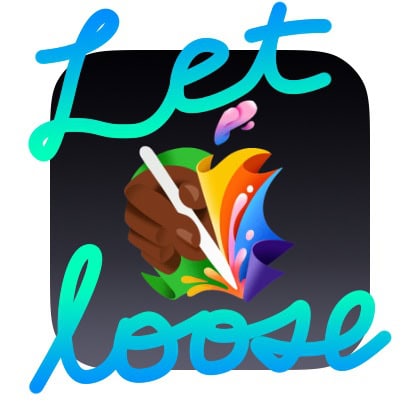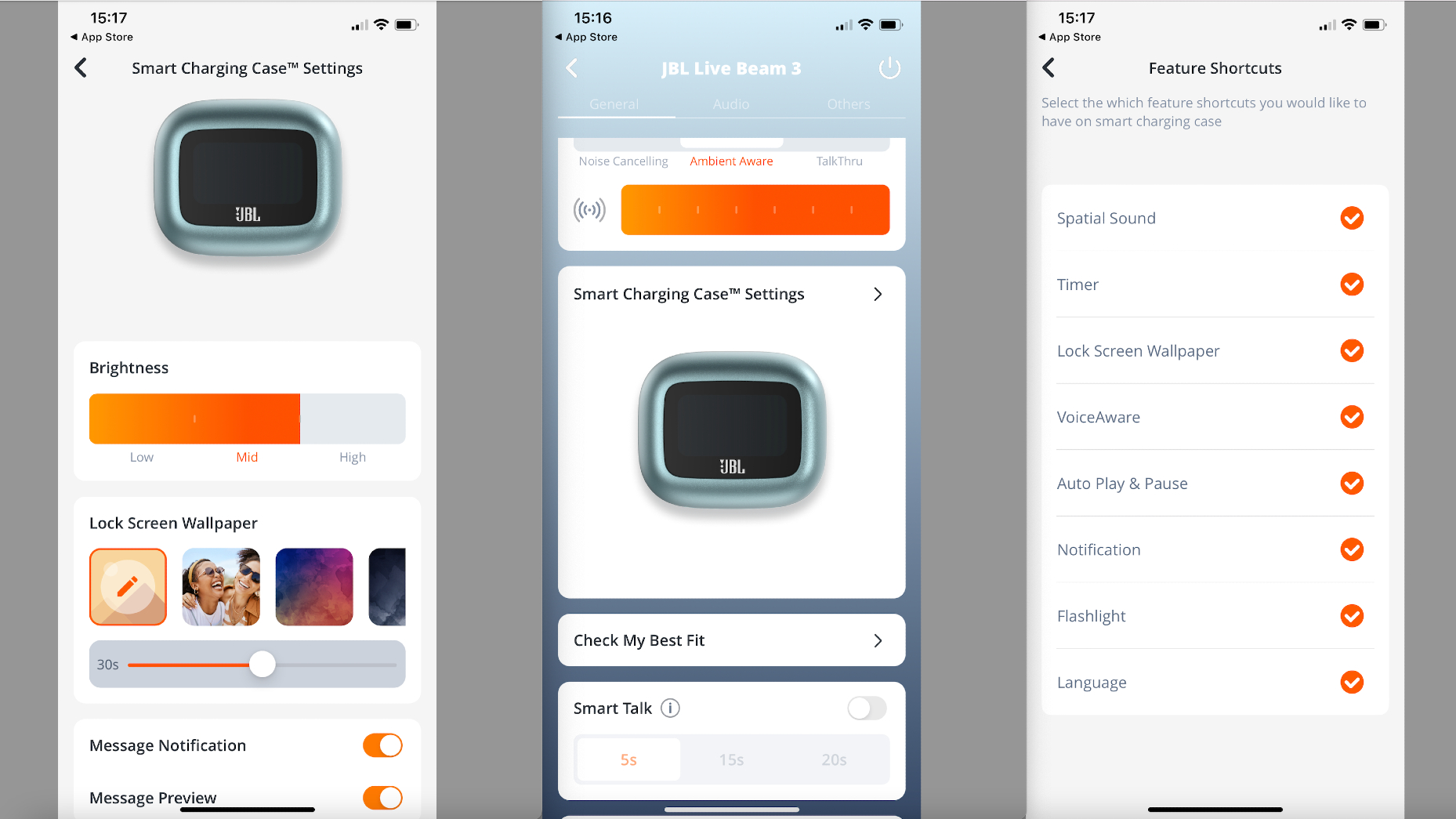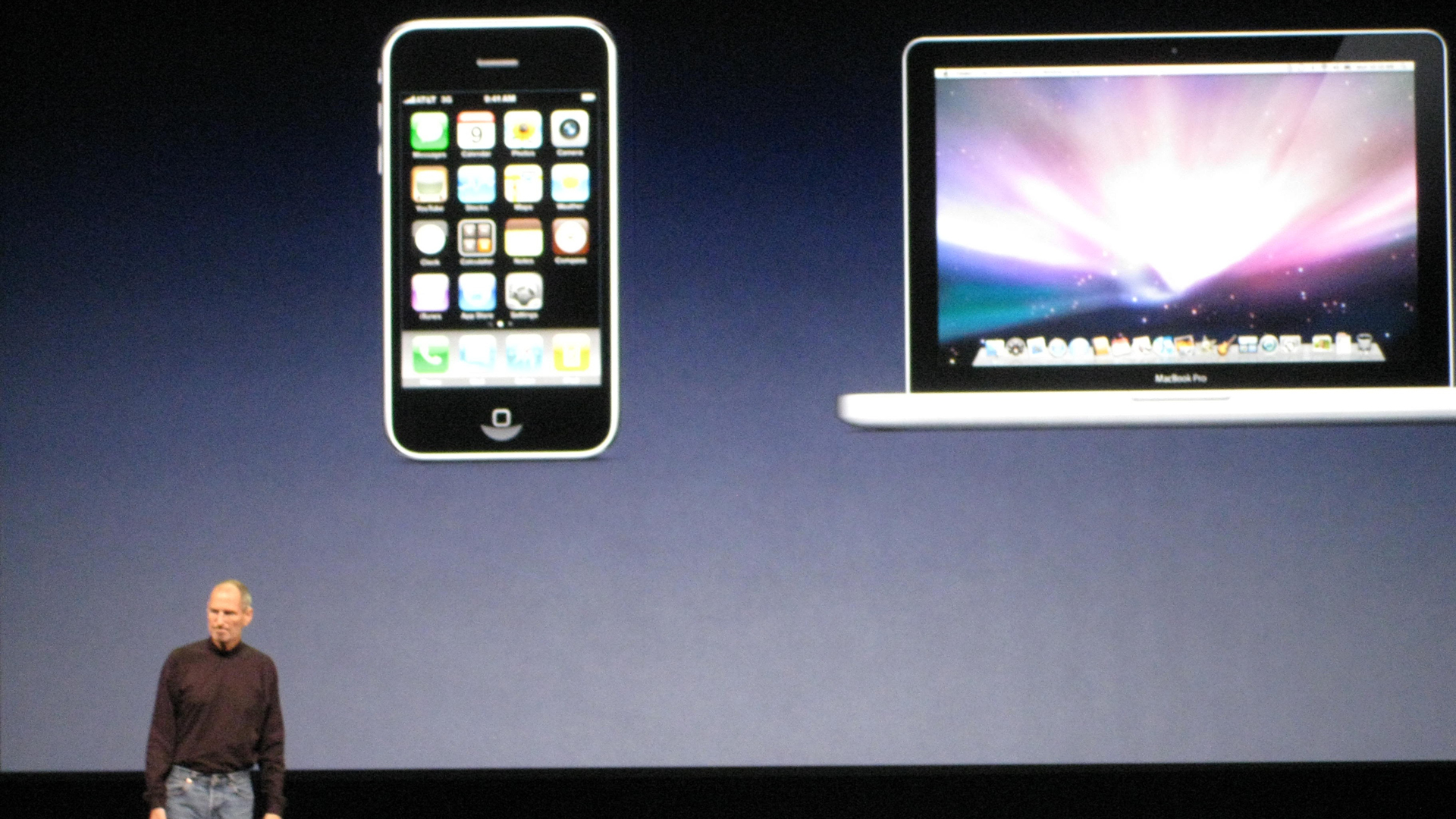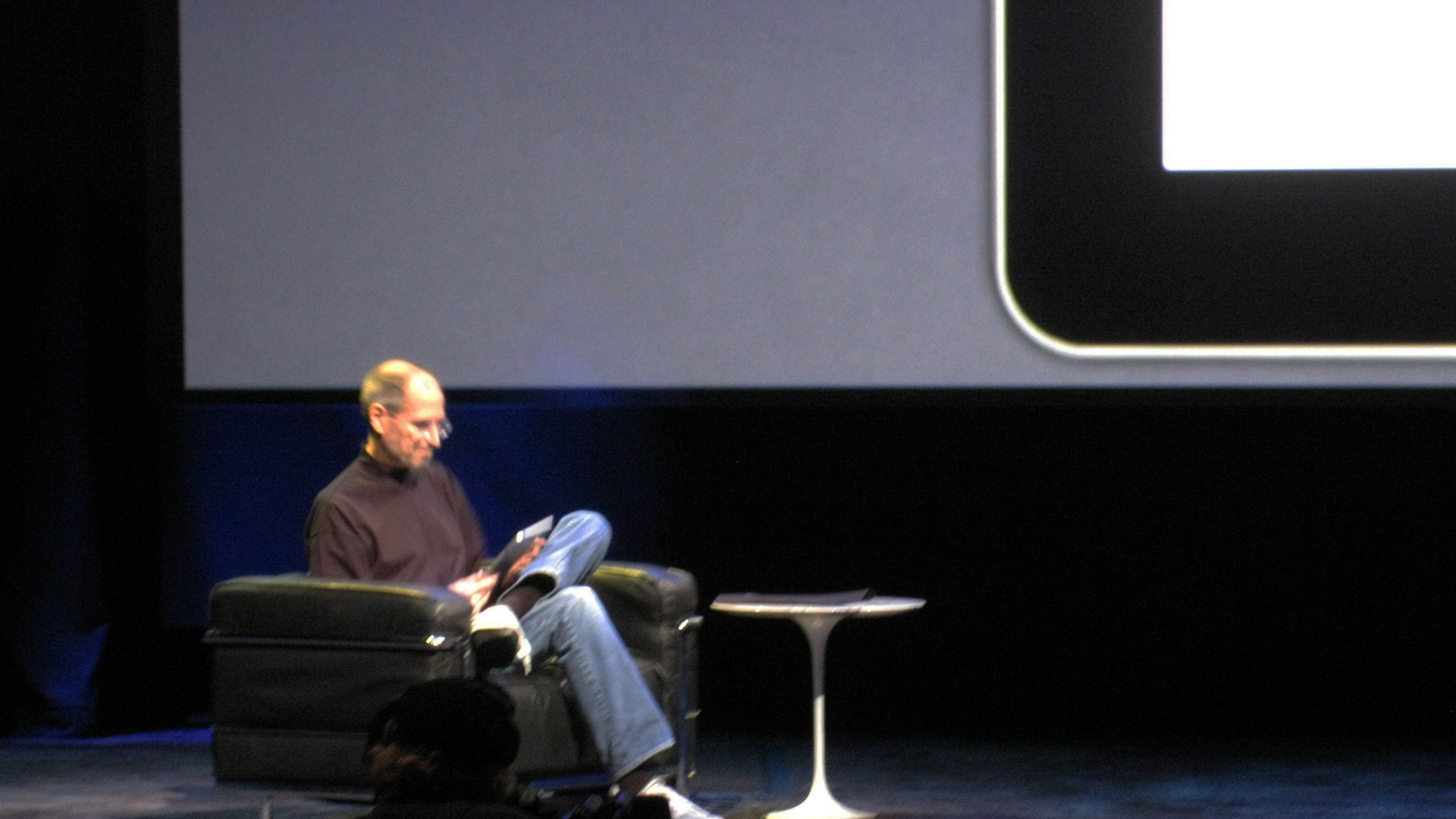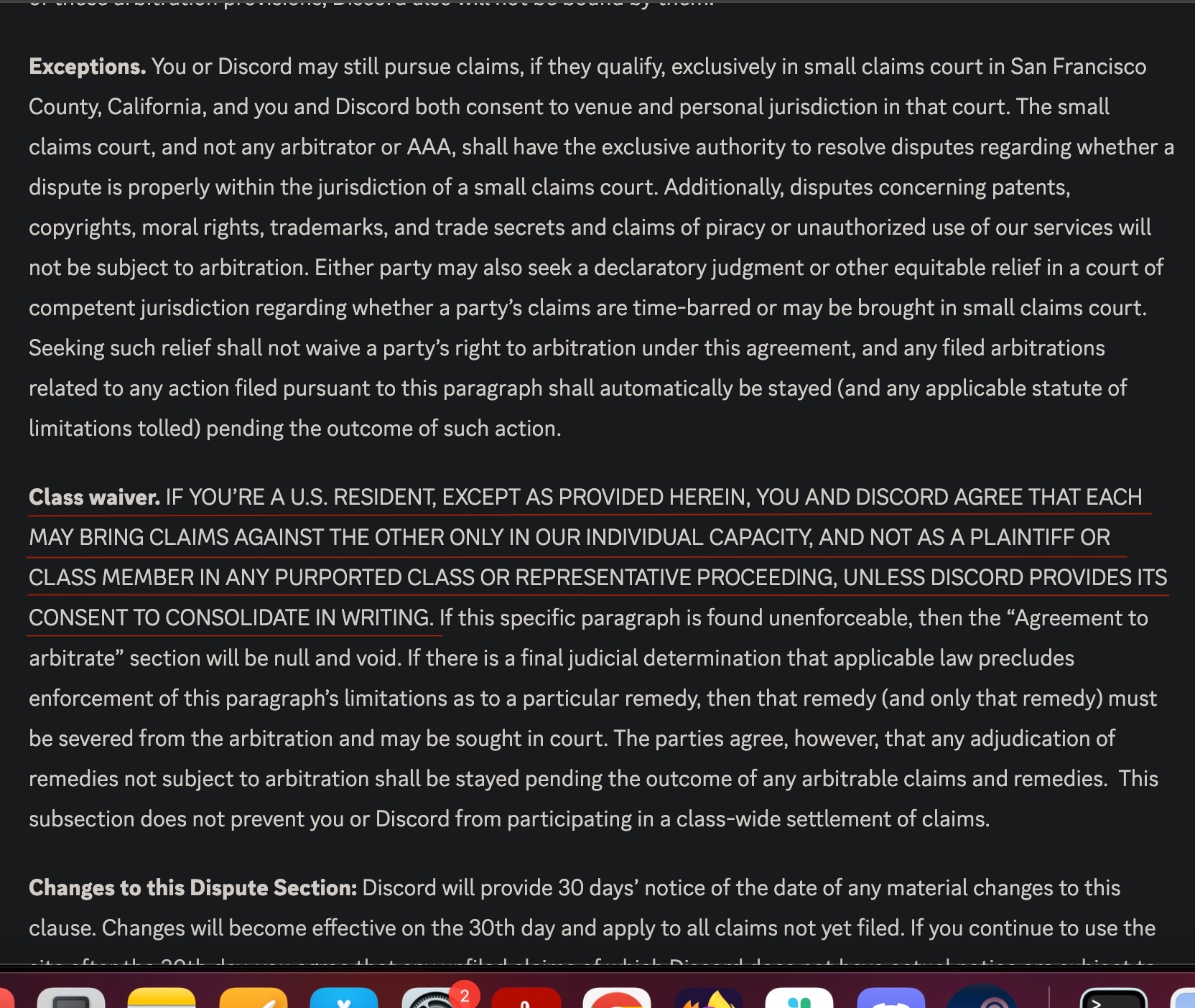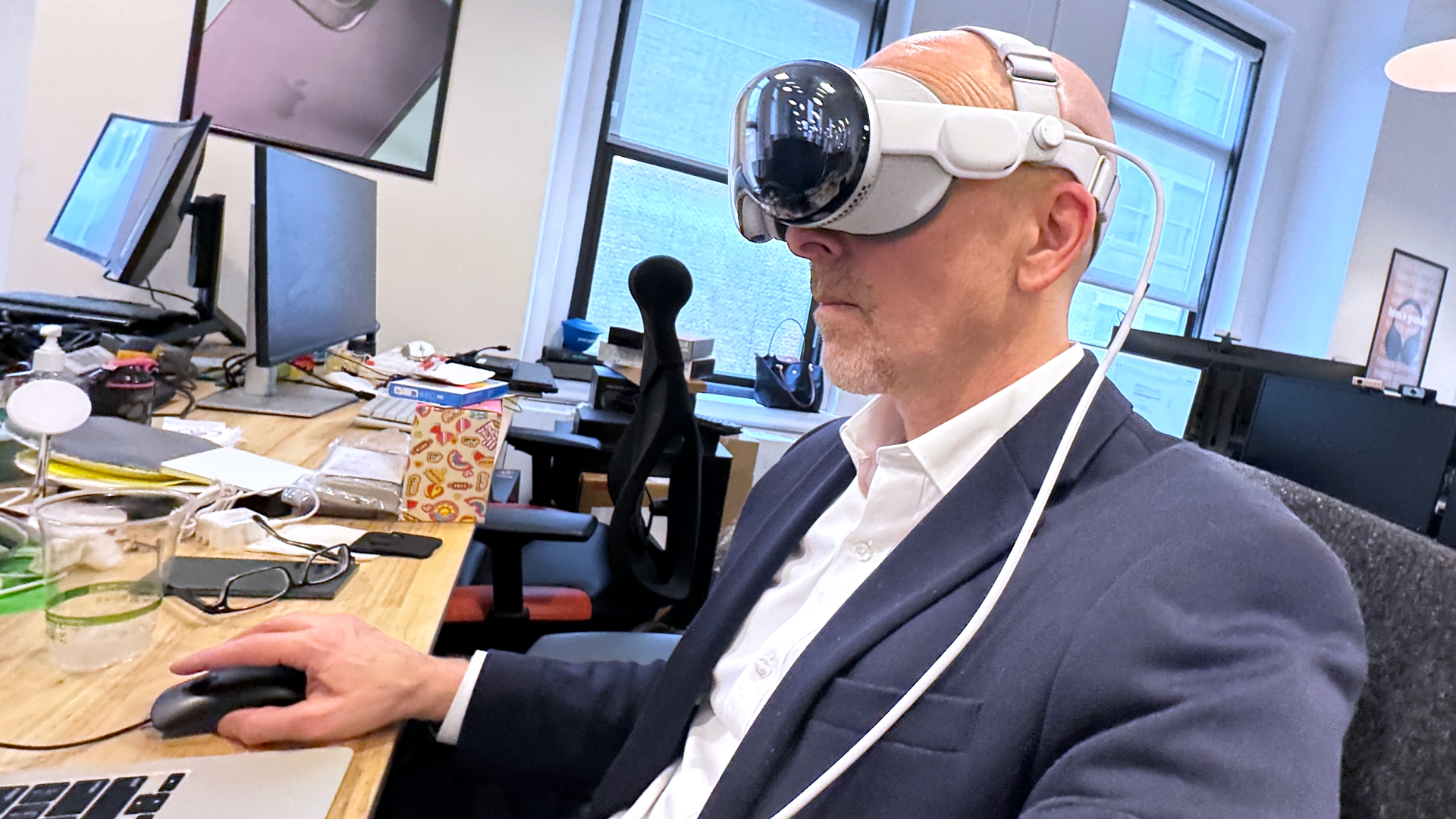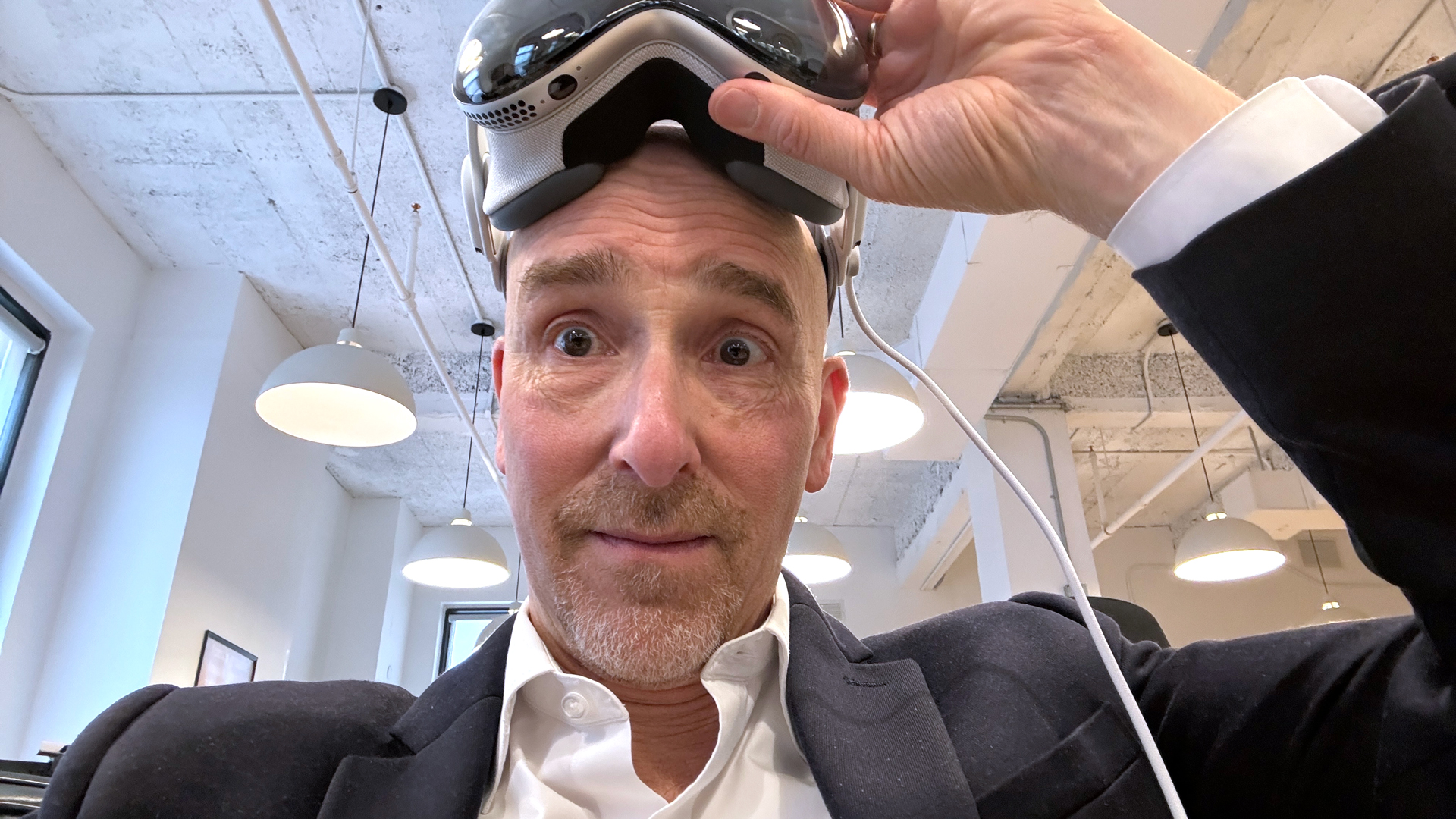[ad_1]
resumen
- Su Señoría, no estuvo a la altura de las expectativas debido a una narración mediocre.
- Bryan Cranston se ha enfrentado a comparaciones injustas con Breaking Bad in Your Honor.
- La segunda temporada de Your Honor mejoró pero no pudo conseguir una tercera temporada.
Su Señoría Fue la muy esperada continuación televisiva de Bryan Cranston. DemasiadoPero la serie ni siquiera estuvo cerca de igualar la calidad de este último. después Demasiado Al final, Cranston parece no haber hecho nada malo, dedicando 62 episodios y cinco temporadas a una de las mejores series de televisión de todos los tiempos, convirtiendo a Walter White en uno de los antihéroes más icónicos y profundos de la televisión. Cranston protagonizó algunas películas después de eso. Demasiado Terminécomo 2014 Godzilla2015 tromboy 2016 kung fu panda 3 ¿Y por qué él? Tuvo un papel recurrente en Pete astuto.
Su Señoría Se esperaba que marcara el popular regreso de Cranston a protagonizar una serie de televisión que mucha gente ha apodado Los males colapsan Método de reemplazo. Sin embargo, después de dos temporadas mediocres que dieron como resultado que la serie recibiera solo el 58% en Rotten Tomatoes, Su Señoría No fue retomado para la tercera temporada. La serie fue creada por Peter Moffat.quien estuvo detrás de la popular serie limitada de HBO una noche Protagonizada por Riz Ahmed y John Turturro. Fuera del papel de liderazgo de Cranston, Tu presencia El elenco estaba formado por Hope Davis, Michael Stuhlbarg, Lily Kaye e Isiah Whitlock Jr.
Relacionado
¿Dónde está mirando, señoría?
Descubra dónde ver Your Honor, en la que Bryan Cranston interpreta a un juez obligado a abandonar el sistema legal para proteger a su hijo.
Su Señoría fue criticada por su historia y escritura derivadas.
Tu presencia La narración no logró esto.
Aunque Cranston hace una gran interpretación como Michael Desiato, un respetado juez que se involucra en el mundo del crimen organizado a través de un error cometido por su hijo, Su Señoría Falla en el frente narrativo. porque Demasiado Era tan rica en narración gracias a la brillantez de Vince Gilligan y otros escritores como Moira Whaley Beckett y Peter Gould, que las expectativas eran muy altas. Su Señoría La cadena simplemente se cayó. Después de un primer episodio fuerte y convincente, La serie luchó por encontrar su equilibrio durante su primera temporada. No pudo ganar un impulso constante en su narrativa.
Ben Travers IndieWire Escribió en su reseña de Su Señoría Temporada 1,”Es como si nos ahogáramos en una miseria que nadie debería tener que experimentar, y el efecto no es dramático sino horroroso. Quizás los episodios posteriores encuentren una base más sólida, pero por ahora, no te preocupes por eso.Daniel Feinberg reportero de hollywood Señaló que “la serie lucha por darnos una idea de quién o qué es el personaje de Michael Desiato antes del evento desencadenante de la serie”. James Poniewozik New York Times Ella compartió sentimientos similares y escribió: “Los personajes parecen ilustraciones de archivo de un seminario virtual de filosofía moral… y el resultado es una proporción absurda entre talento actoral y material.“

Relacionado
Los 10 mejores papeles de Bryan Cranston, clasificados
Sin duda, Bryan Cranston ha dominado su oficio y estos 10 roles ejemplifican perfectamente su talento excepcional.
Su Señoría a menudo ha sido comparada desfavorablemente con Breaking Bad de Bryan Cranston.
Tenías unos zapatos enormes que llenar después de Breaking Bad
Cualquier serie de televisión protagonizada por Bryan Cranston después de 2013 seguramente sería comparada con DemasiadoLo que sin duda añadió otra capa de presión y crítica. Su Señoría. Si bien la gran mayoría de las series de televisión pertenecen a la categoría de ser peores que Demasiadotanto los críticos como los fanáticos establecieron un listón alto para seguir a Cranston, y probablemente esa sea la razón Le tomó siete años asumir el papel principal en una nueva serie dramática.. Mientras que las comparaciones Su Señoría a Demasiado Fundamentalmente injusto y tuvo poco que ver con el motivo por el que se abandonó el programa después de dos temporadas.
Walter White se ha convertido en una figura tan icónica de la televisión que hoy en día es difícil ver a Cranston en cualquier proyecto y no volver inmediatamente a su brillante actuación en… Demasiado. En un sentido, Walter White se ha convertido en un hito en la historia de la televisión Que Cranston nunca podría escapar de ello. Afortunadamente para él, a medida que Walter desciende al personaje de sangre fría de Heisenberg y continúa mostrando su clásico perfil calvo, comienza a parecerse cada vez menos a Cranston en otros papeles, lo que en parte explica por qué su actuación es tan condescendiente. Sin embargo, incluso el próximo papel protagonista de Cranston en una serie dramática, que aún no ha sido anunciado, llamará la atención. Demasiado Comparaciones.

Relacionado
10 escenas geniales y malas de las que los espectadores siguen hablando más de 10 años después
Diez años después de que terminara la serie, los fanáticos de Breaking Bad todavía están debatiendo las escenas más icónicas de la historia de la transformación de Walter White en Heisenberg.
¿Por qué la temporada 2 de Your Honor fue una mejora tan grande con respecto a la temporada 1?
La temporada 2 de Your Honor intentó sacar provecho de su elenco estelar
Su Señoría La segunda temporada recibió más elogios de la crítica que la primera, recibiendo un 67% y una calificación fresca certificada en Rotten Tomatoes. Sin embargo, la mayoría de los críticos estuvieron de acuerdo en eso. Su Señoría La segunda temporada fue casi tan cruda y decepcionante como la primera, Todavía fue entretenido en partes inconexas y fue una mejora en general. De la primera temporada. Los elogios adicionales no fueron suficientes para que Showtime retomara la serie para una tercera temporada, convirtiendo la “Parte 20”, que se emitió el 19 de marzo de 2024, en el final involuntario de la serie. Su Señoría Tenía los ingredientes para convertirse en algo grandioso, pero incluso con los esfuerzos de Cranston, finalmente no pudo lograrlo.
[ad_2]
Source Article Link





